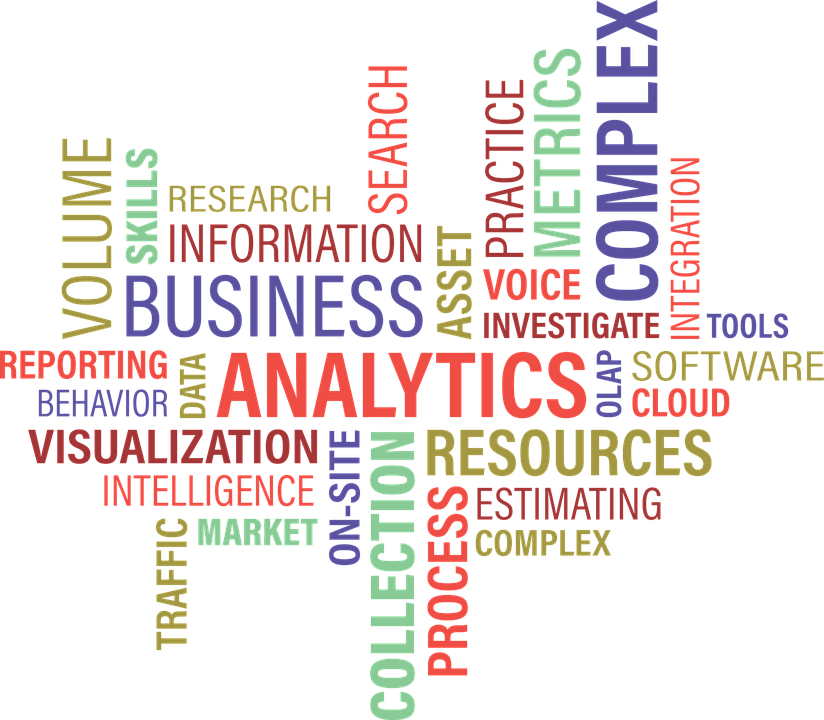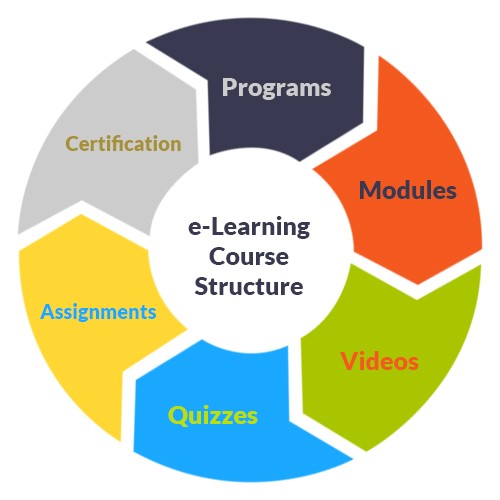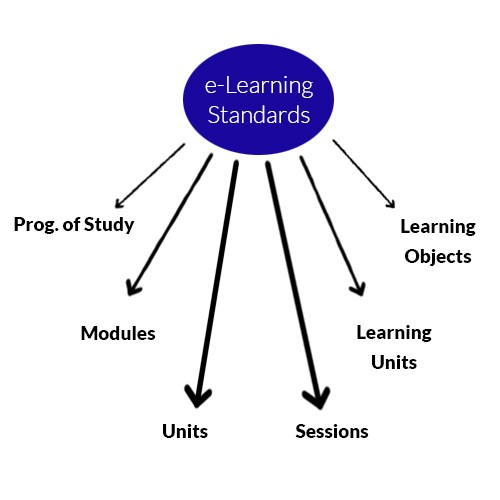Whatever your project or role in a company is, it is very likely that you would have to make decisions that draw-in risks at some point of the project progress. Risks, in totality, can be classified into two types, viz. Negatives and Probabilities. A negative consequence is based on the probability that a risk may move in the wrong direction. If a risk is not calculated, it can be a harbinger of serious damage to the project and organization, let alone we need to stay prepared for it and manage it wisely if something were to go actually go wrong with it. Thus, organizations require robust Risk Analysis tools and software to identify risk at very early stages of the project. This mitigates unnecessary costs and time wasted to solve the implications of the risk at a later stage of any project or task. Risk analysis tools can positively identify and manage various risk factors to actually avoid the risk, all this can be done behind a desk on a machine.

Source : Pixabay
When is Risk Analysis Important?
When is Risk Analysis Important?
Let’s make it easy to understand the point in time when Risk Analysis is highly important:
- Risk Analysis is highly imperative in the initial stages of the project planning phase to anticipate and mitigate possible issues- Deploy Risk Analysis early in the Project Timeline
- It also proves to be very helpful in making decisions that relate to project progress – To move along or not to move along with the project in the present and future
- Risk Analysis is a proven tool to manage any kind of risk that could prove fatal after a negative consequence has taken place – A good way to stay sharp and ready for anything
- If a project requires new parameters to be added into its lifecycle, then it is highly critical for organizations to add in Risk Analysis after those factors are added. It shows users the impact of new factors on existing systems- Extremely intuitive to new parameters
Now, as we are familiar with when Risk Analysis is important, let us understand how it can be deployed and where.
Analyze your Threat with Threat Analysis
A good way to start your Risk Analysis is by means of identifying threats that might come along at every step of the project. There are various touch points that need to be identified to classify threats, it could be based on –
- Operations failure – access failure to vital assets required for operations
- Project delays – tasks or projects taking too long for completion or going over budget. It also includes product quality problems that could delay the entire project progress
- Force majeure – failures that could arise with natural disasters or an unforeseen human ailment
- Financial setbacks – financial setbacks can cause serious damage to organizations, this could be two-fold- underfunding or overfunding
There are many other touch points viz. Procedures, Reputation, etc. that could be a part of the threat for threat analysis.
Risk Factor Analysis
Risk analysis needs to be done through various actions, this can include processes and software that need to be integrated into project management to mitigate risks. Primavera P6 provides point-to-point perceptible risk analysis solutions that integrate risk management scheduling and costs to evaluate risk possibilities for positive project outcomes. This software delivers a suite of tools to run simulation possibilities to determine actions that can mitigate risks through various simulation techniques for project scheduling.
Project & Portfolio Risk Management
A portfolio risk can be clearly defined as a risk that is caused due to a failure of financial objectives through various assets or units that were supposed to cover those financial objectives. Portfolio risks can be differentiated into various types, viz. Structural, Overall, and Component.
- A structural risk is a risk that takes place in the composition of the portfolio, simply meaning the composition is not strong enough to meet financial requirements
- A component risk is a risk that takes place due to the failure of each component that is used to make up a portfolio
- An overall risk can be defined as an integration of multiple risk components involved in the project
A risk in project management can be simply defined as various changes in the development of the project or product that could influence the progress of the development. Robust planning can reduce the risk of project management failures.
For example, if we take a bidding process for a complex project. It needs comprehensive Risk Assessment to create bids and garner higher Return On Investment(ROI) from it. Bid viability is an important feature wherein risks need to be analyzed for companies to grow and gain a strategic advantage over the bid. The significance of these decisions can enhance the performance of the Strategic Business. The ability of a project to generate revenue in a high-risk environment can be determined by project opportunities and data intelligence through the entire life-cycle of the bid.
There are many factors that come into play whilst bidding viz. Long-Term Revenue Potential, Type of Contract, and Capacity Planning.
Revenue Potential
Evaluating the potential risks of corporate revenue is vital. Individual components or strategic business units (SBU) can pose a threat and are considered key risk drivers in a bid for a project. Winning a project bid cannot be absolutely guaranteed, but the probability of success can be higher if Revenue Potentials are evaluated early in the bidding process. Organizations can leverage a better chance to win a bid by evaluating the revenue capacity of a portfolio.
Contract Constraints
The decision-making process is also driven by contract conditions that are set forth by the company. As a part of the bidding process, it is imperative that various stakeholders like owners and contractors come to an understanding of the liabilities and risks that can affect the project. Work that can carry liabilities needs to be evaluated through Risk Analysis for better project visibility.
Portfolio Liabilities
A project can have a two-way run- it could have extremely high gains or it could go down badly due to poor project execution. A good project has a greater possibility of completion than an average or under the average project, but for an organization, an external third party winning a bid still serves as an obligation for the owner as the fate of the project is undecided until it is completely handed over to the respective owner. Schedule uncertainty is a driving force for capacity planning, and it needs to be done to forecast resource allocation, finances, skills, and more. Project timelines based on strategic business units is one of the most vital concepts to chart out cost and time overruns.
Closing in on precision, we can conclude that –
Risks are a part of every business and organization. Risk Analysis provides highly accurate identification and assessing of factors that could impact the project progress negatively. It forecasts various important parameters that could avoid risk threats and move the project positively to its outcome. Software and tools like Primavera are extensively used by project management professionals to quantify all the information to make informed decisions and implement the best solutions for a project. To Know more about Oracle Primavera P6 Click Here.







